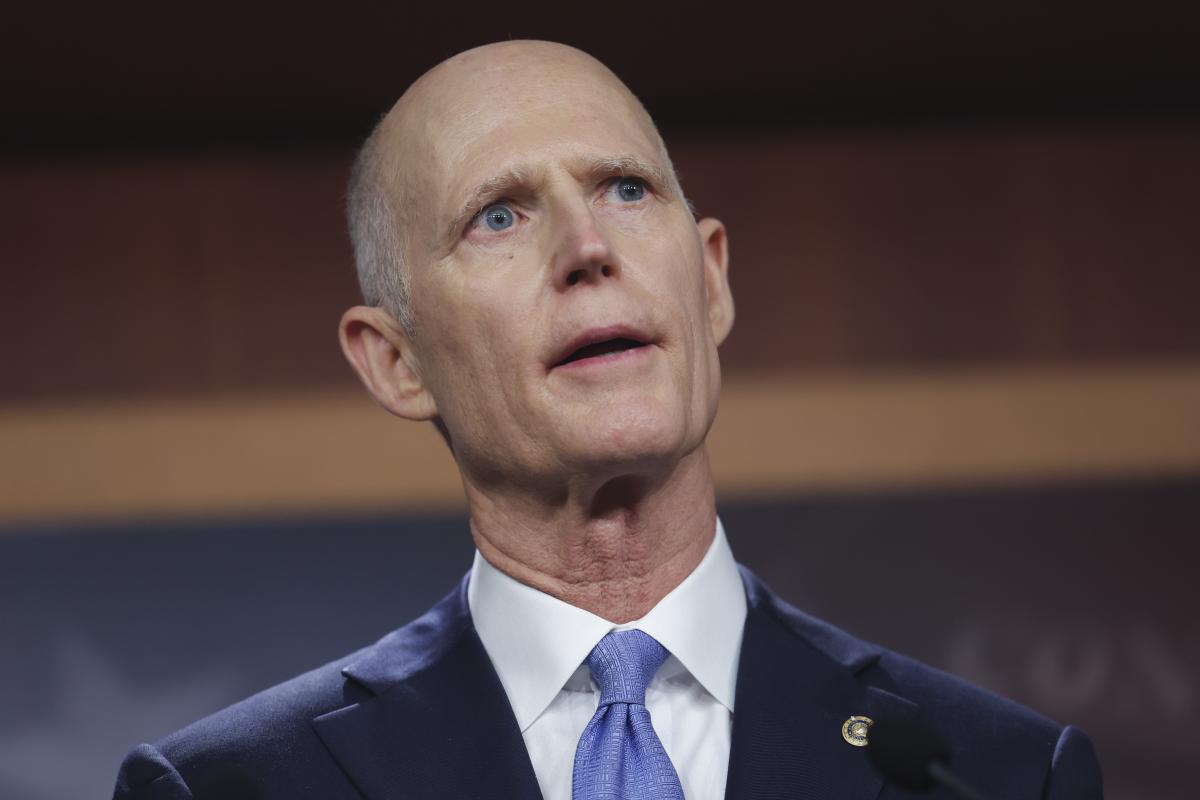
The latest bill targeting wealthy colleges and universities would require those with endowments over $1 billion—around 136 public and private colleges nationwide—to cover a certain percentage of all students’ cost of attendance.
The Changing Our Learning, Loans, Endowments, and Graduation Expectations (COLLEGE) Act was introduced in the Senate at the beginning of August by Republican senator Rick Scott from Florida.
Under the bill, colleges with endowments that are $10 billion or greater, including Harvard University, the University of Texas and Yale and Stanford Universities, to name a few, would be required to cover 75 percent of students’ tuition, regardless of whether students are high or low income. Colleges with endowments between $5 billion and $10 billion would be required to cover 50 percent, and those with endowments between $1 billion and $5 billion would cover 25 percent. These colleges enroll many students who don’t need the money; many of their students don’t receive need-based aid.
“For far too long, state and federal leaders have taken a misguided and failed approach to managing public institutions of higher education. The result of their decades of failed policy and mismanagement is millions of Americans with mountains of student debt racked up earning degrees that haven’t prepared them for good, high-paying job in the real world,” Scott said in a press release about the bill.
A spokesperson for Scott said that the bill would require wealthy colleges to “have some skin in the game” by using their endowments to help cover the cost of attendance for all students.
However, universities are largely restricted on how they can spend their endowment funding—much depends on donor requests. As a result, the bill would effectively create what Steven Bloom, assistant vice president of government relations at the American Council on Education, described as a government price control on the cost of attendance for wealthy private and public universities.
Most of these well-endowed colleges already use a portion of their endowment funds to help students cover the cost of attendance. According to a report from the National Association of College and University Business Officers, student financial services comprised 47 percent of endowment spending in 2021.
“We don’t believe that the federal government should be telling private enterprise what prices they should set,” said Bloom. “It’s really wrongheaded and based on a totally misguided understanding of the ways in which endowments work.”
Under the bill, colleges would not be required to use endowment funding to cover the required portion of the cost of attendance, said a spokesperson for Scott.
“Colleges and universities would just have to look to the other billions of dollars in their endowments,” the spokesperson said.
Many higher education experts called the bill bad policy. They say it fails to recognize that colleges must follow strict rules when spending endowment funding. A common misconception is that endowment funds work like bank accounts, where colleges can take money and spend it as they please. However, when colleges receive donations, they often come with a set of rules from the donor that the colleges must follow.
“Unfortunately, the endowment section clearly shows a lack of understanding about how universities work and are structured. Endowments are made up of charitable contributions, made by donors, that often are restricted by those donors for specific purposes,” said Pedro Ribeiro, senior vice president for communications at the Association of American Universities, which represents the nation’s leading research universities. “Any returns generated by those contributions can only be used in accordance with the wishes of the donors.”
For example, universities like Harvard, which has an endowment of over $40 billion, would be required by federal law to cover around $57,000 per student each year, effectively dropping its tuition cost to around $18,000 per student, including room and board, among other fees. (Harvard did not comment when asked via email by Inside Higher Ed about the bill.)
Higher education experts also say the bill is not an efficient way to ensure college affordability to those who need it most, since the bill would require colleges to cover the same amount of aid for both low-income and higher-income students.
“This bill makes no distinction between low and middle or wealthy students, so the aid it would force institutions to pay out is very regressive,” said Bloom.
For example, at Harvard, 55 percent of students already receive financial aid, averaging around $53,000 a year. However, many students at Harvard are wealthy themselves. Within the student population, 67 percent come from the highest-earning households, while 15 percent come from families in the top 1 percent. Some say that this bill would unevenly distribute aid to higher-earning students who need it less than others.
Attacks from Republicans on well-endowed universities are not new. In 2017, Republicans passed a tax reform bill that set a 1.4 percent excise tax on net investment income at private colleges with assets of at least $500,000 per student. The tax impacts nearly 100 colleges and has generated intense pushback and even congressional lobbying from colleges like Harvard that are subject to the tax.
Unlike the controversial 2017 endowment tax, which only impacts private universities, this will would address large endowments at public universities as well.
The bill would also require colleges with endowments over $1 billion to indicate to the Education Department if they raise their cost of attendance and provide an explanation for any tuition increase. In 2019, Scott called for all colleges that increase tuition or fees to be cut off from receiving federal aid.
“There’s no reason universities should be raising costs on our students, even one bit. We can’t allow it,” Scott said in 2019.
 from Inside Higher Ed https://ift.tt/n4CYcDg
from Inside Higher Ed https://ift.tt/n4CYcDgvia IFTTT
Comments
Post a Comment